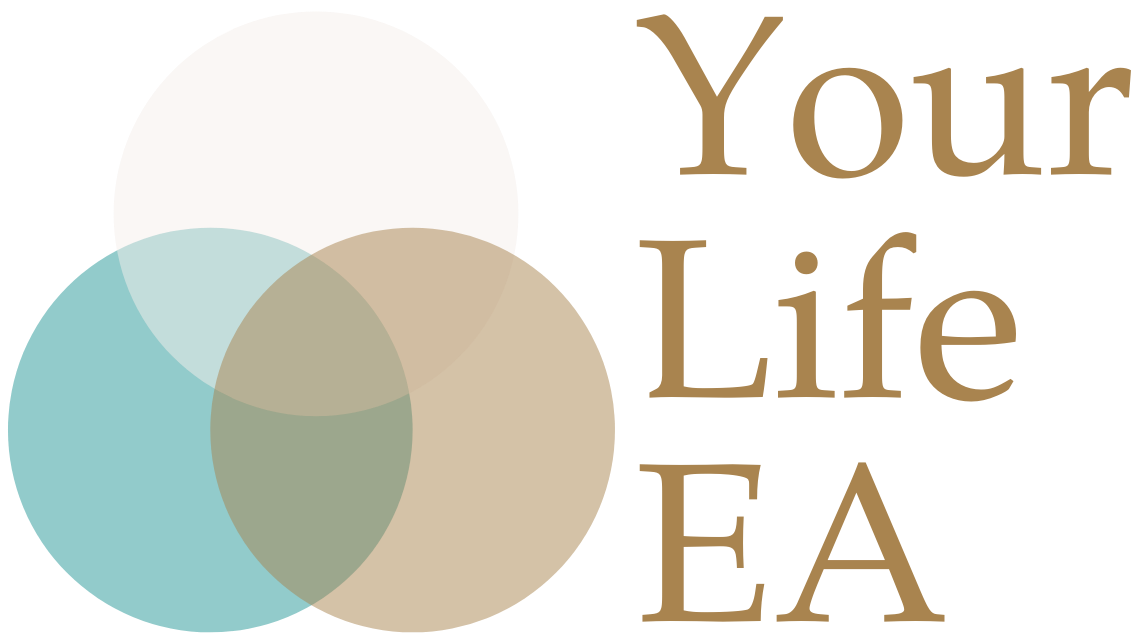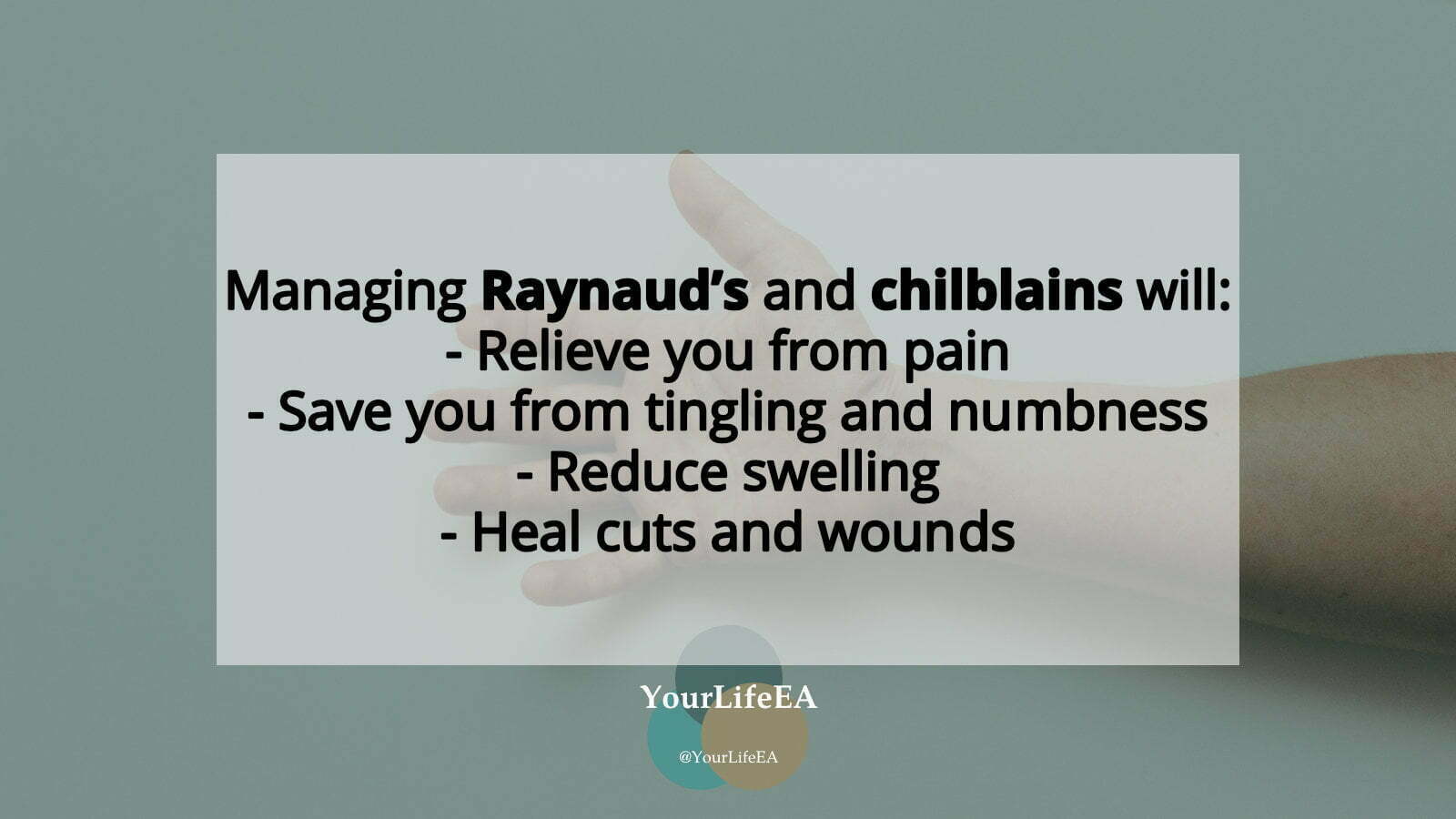How to manage them
So you can save yourself from the pain and suffering
So what?
Our last post touched on what Raynaud’s and chilblains are. The next two posts will discuss how I’ve been managing the symptoms. ICYMI, managing Raynaud’s and chilblains will:
- Relieve you from pain;
- Save you from tingling and numbness;
- Reduce swelling; and
- Heal cuts and wounds.
Breathing
Breathing is one of the best ways to bring relaxation to your body, mind and soul. It’s used for all aspects of life. Whether you’re walking, running, meditating or just being alive, breathing plays a significant role to your wellbeing. Using it to relax have shown that it reduces stress hormones, decreases tension in your muscles and calms your mind. All these benefits result in pain relief and healthier blood flow which are associated with the symptoms of Raynaud’s and chilblains. If you’re not keen on trying out a random breathing exercise you found on Google, you can just focus on and pay attention to your breathing by counting four or five in your mind with each inhale and exhale until you feel relaxed (plus five more minutes if you can).
Heated hand warmer
As discussed in our previous post, cold temperatures are associated with both Raynaud’s and chilblains. If your symptoms are triggered by coldness, keeping the affected areas warm is an obvious choice in dealing with them. There are two things to keep in mind when actively warming the affected areas. The first thing is to not let the areas get cold in the first place. Once your affected areas are cold and the symptoms appear, you will have to deal with the swelling, pain, tingling, numbness and/or other symptoms that are brought on. The second thing is to use an apparatus that has a heat source. Many would agree that keeping your hands warm can be done by wearing gloves. But not for us who deal with Raynaud’s and/or chilblains as gloves don’t have any heat to retain. The affected areas will get colder as you’re exposed to cold temperatures despite your efforts in “warming them up” as these areas don’t generate heat for these apparatus to retain.
My experience
No matter how much I try to avoid being in and exposed to cold temperatures, my methods and strategies aren’t perfect and foolproof. There are times that the symptoms are unavoidable. This is when breathing exercises are critical. When pain strikes, I turn to box breathing if I’m sitting or lying down and counting to five if I’m standing or walking. Focusing on my breathing allows me to manage the pain and discomfort and get on with my day. And to keep my hands warm, I’ve been using the G-Tech Electric Hand Warmer Pouch. Whilst the battery doesn’t last as long as advertised (approximately 4 hours on medium heat), it’s been keeping my hands long enough through my daily runs and walks.
What now?
- Do you practice mindfulness or meditate on a regular basis? If so, try applying the same techniques to managing your pain and/or stress.
- Plan ahead for exposure to cold temperatures to avoid having to go through the cycle of the symptoms that are brought on by Raynaud’s and chilblains.

